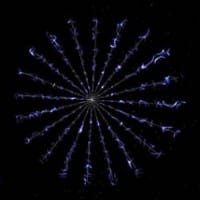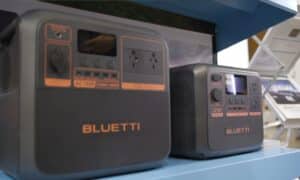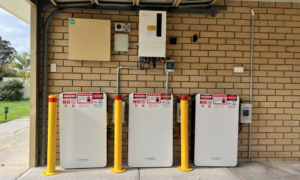A very different type of solar sail concept that could send spacecraft to the edge of the solar system far faster is undergoing testing at NASA’s Marshall Space Flight Center in Huntsville, Alabama.
The solar sails we’ve seen in the past, such as LightSail, consist of large, ultra-thin sheets propelled by the action of solar wind. Solar winds are made up of a stream of charged particles released from the sun’s upper atmosphere; traveling at speeds up to 750 kilometres per second.
The Heliopause Electrostatic Rapid Transit System (HERTS) E-Sail concept is a circular array of 10 – 20 long, electrically charged bare aluminium wires only 1 millimeter thick that would electrostatically repel solar protons. The action produced through this repelling creates thrust.
To provide sufficient thrust to continue accelerating a craft over massive distances, the wires need to be incredibly long – somewhere in the region of 20 kilometres each. The wires would remain in an outstretched position by the centrifugal forces created by the slow revolution of the craft they are attached to. Steering can be achieved by altering each wire’s voltage as the spacecraft rotates.

One of the advantages of the HERTS E-Sail concept over LightSail-type technologies is the distance from the sun at which it would be effective. When solar sail spacecraft reach the asteroid belt at 5 AU (astronomical units)*, the energy of solar photons dissipates to the point that acceleration ceases.
“The same concerns don’t apply to the protons in the solar wind,” said Bruce Wiegmann, the principal investigator for the HERTS E-Sail.
“With the continuous flow of protons, and the increased area, the E-Sail will continue to accelerate to 16-20 AU — at least three times farther than the solar sail. This will create much higher speeds.”
The potential time savings in space travel are significant. NASA’s Voyager 1 took almost 35 years to cross the heliopause, the outer edge of the heliosphere. The HERTS project’s aim is to develop an E-Sail that could make the same journey in less than one-third that time.
*1 AU = 149,597,870.700 kilometres (the distance from the Earth to the sun)












































